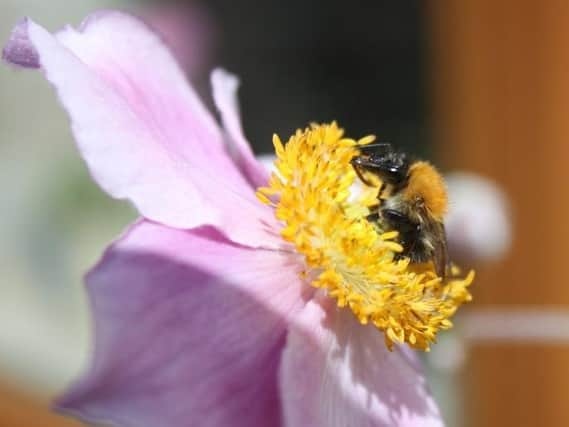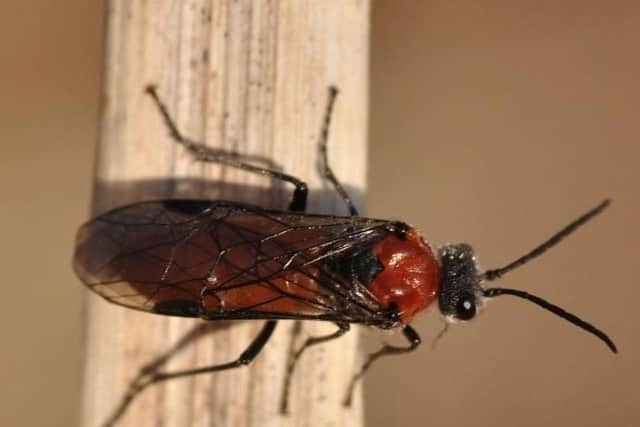Take time to relax and see what’s buzzing out there


And bees look bigger and busier at this time of year, according to Ben Hargreaves, Plan Bee Project Officer at the Wildlife Trust for Lancashire, Manchester and North Merseyside.
Ben said: “With the slightly warmer and much calmer weather there has been a noted abundance of bees around.
Advertisement
Hide AdAdvertisement
Hide Ad“Some of the most commonly seen are queen bumblebees - the huge buff-tailed bumblebee, slightly smaller tree bumblebee, early bumblebee (smaller again) and odd white-tailed bumblebee ‘types’.”


Many of these bees can be seen in your garden and, if you have seen really big bumblebees, they are likely to be queens, who will be visible now but likely to spend the rest of summer in the nest.
Looking further field Ben said: “Brockholes Nature Reserve has had small sallow mining-bee which is not a common Lancashire species.
“Also, the more common generalist mining-bees - buffish mining-bee, Gwynne’s mining-bee and chocolate mining-bee – might be seen in your garden.
Advertisement
Hide AdAdvertisement
Hide Ad“Gardens are also as likely as anywhere to observe tawny and ashy mining-bees - the former is happy to nest on level ground so particularly favours lawns and borders.”
Sawflies are also becoming active.
He said: “Many are small black ‘jobs’ and all lack common names but there are some brightly coloured species recently recorded, for instance, the Dolerus madidus, which was recorded in Cumbria last month.
“There are also some nice hoverflies in East Lancs - a good mining-bee mimic called Cheilosia grossa.”
Most people would not realise the sheer variety of insects they have in their garden and they can help our pollinators by providing them with flowers and herbs that attract them.
Advertisement
Hide AdAdvertisement
Hide AdThe Wildlife Trust is keen to hear or see any bee sightings @Lancswildlife.
Ben, who ran the NW Plan Bee, is part of a new bee survey, Wigan Bee Forever, which will look at increasing been numbers in many areas including meadows and grasslands.
The Wildlife Trust for Lancashire, Manchester and North Merseyside is dedicated to the protection and promotion of the wildlife in Lancashire, seven boroughs of Greater Manchester and four of Merseyside, all lying north of the River Mersey.
It manages around 40 nature reserves and 20 Local Nature Reserves covering acres of woodland, wetland, upland and meadow.
The Trust has 29,000 members, and over 1,200 volunteers.